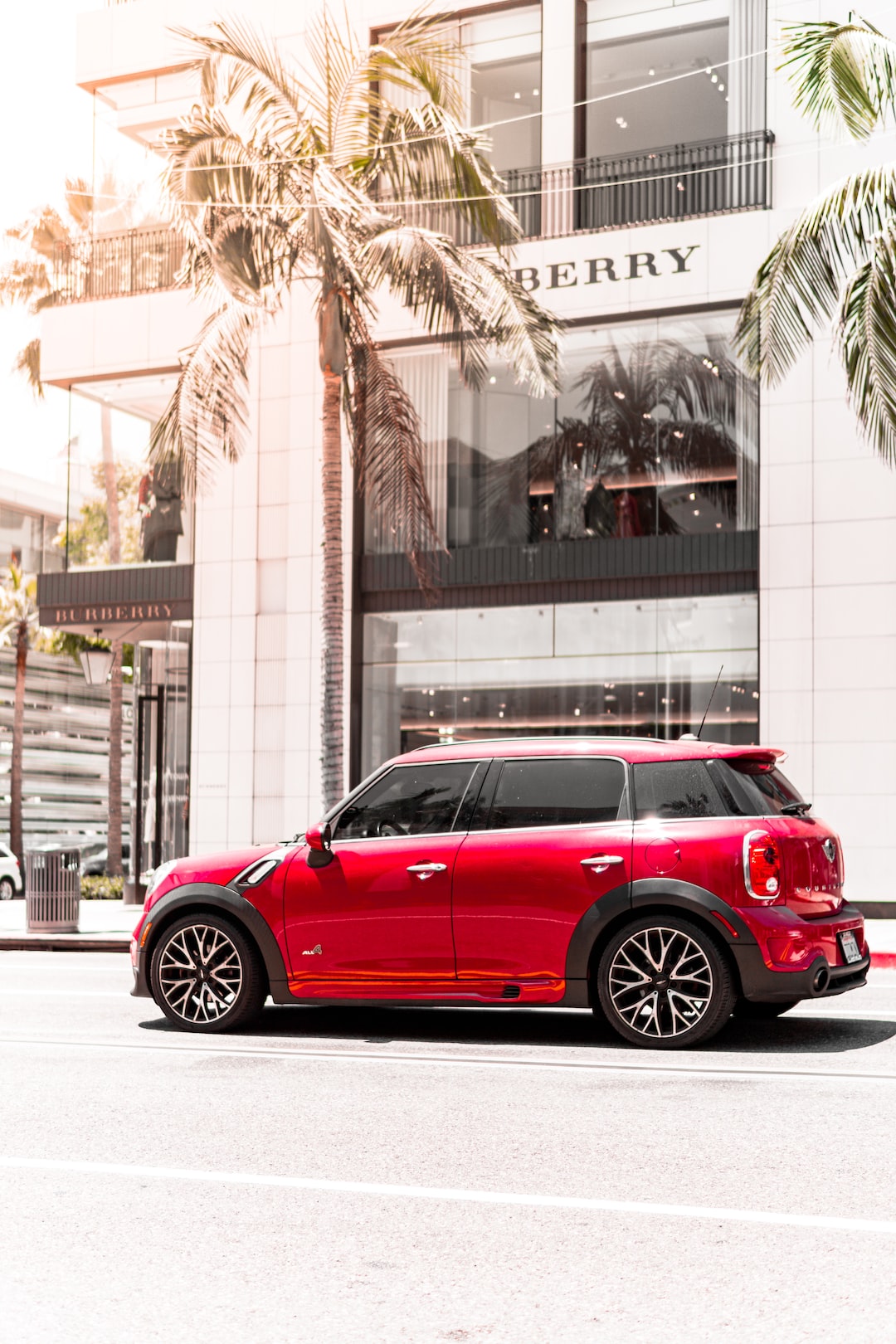The Role of Color Psychology in Web Design
When it comes to designing a website, there are various factors that must be considered to ensure its success. One often overlooked aspect of web design is color psychology. The colors used in a website can have a significant impact on user experience and play a crucial role in conveying the right message. Understanding the principles of color psychology is essential for creating the best website design.
Color psychology is the study of how colors affect human behavior and emotions. Different colors can evoke different reactions, emotions, and perceptions in individuals. Incorporating this knowledge into web design can help create a visually appealing and engaging website that resonates with its audience.
The choice of colors in web design should begin with understanding the target audience and the intended message of the website. For example, if the website aims to evoke a sense of trust and reliability, using shades of blue would be suitable as blue is often associated with these qualities. Similarly, if the website is for a playful or creative brand, vibrant and bold colors like red, orange, or yellow can be used to reflect such qualities.
Color schemes and combinations also play a vital role in web design. Complementary colors, which are opposite each other on the color wheel, can create a visually striking effect. Analogous colors, which are next to each other on the color wheel, can create a harmonious and cohesive design. Finding the right balance between colors is crucial to ensure a visually appealing and balanced design.
Moreover, the use of colors can guide users’ attention and influence their behavior on a website. Calls-to-action and important information can be highlighted using contrasting colors to attract users’ attention and encourage interaction. On the other hand, using calm and soothing colors in areas where users need to spend more time, such as reading content, can create a sense of relaxation and encourage users to stay on the page longer.
In addition, colors can also affect the overall mood and atmosphere of a website. For instance, warm colors like yellow, orange, and red can create a sense of energy and excitement, while cooler tones like blue and green can evoke a feeling of calmness and tranquility. Using the right colors can help establish the right mood and ambiance that aligns with the website’s purpose.
In conclusion, color psychology plays a vital role in web design. It has the power to influence users’ emotions, perceptions, and behaviors on a website. By incorporating the principles of color psychology, web designers can create the best website design that resonates with the target audience, conveys the intended message, and provides an engaging user experience. So, the next time you embark on designing a website, consider the power of colors and use them strategically to enhance its overall appeal and effectiveness.
Publisher Details:
KeefH Web Designs
https://www.keefh-web-designs.org.uk/
+447843962729
143 Longmoor Lane Sandiacre
The home of great website design, Derbyshire, East Midlands, UK, 40+ years IT experience, working to give something back to small local businesses BUT as its the World Wide Web (www) I am open to commissions from anywhere, thanks for looking, hope to speak soon KHWD, many IT services available in our KHWD shop

